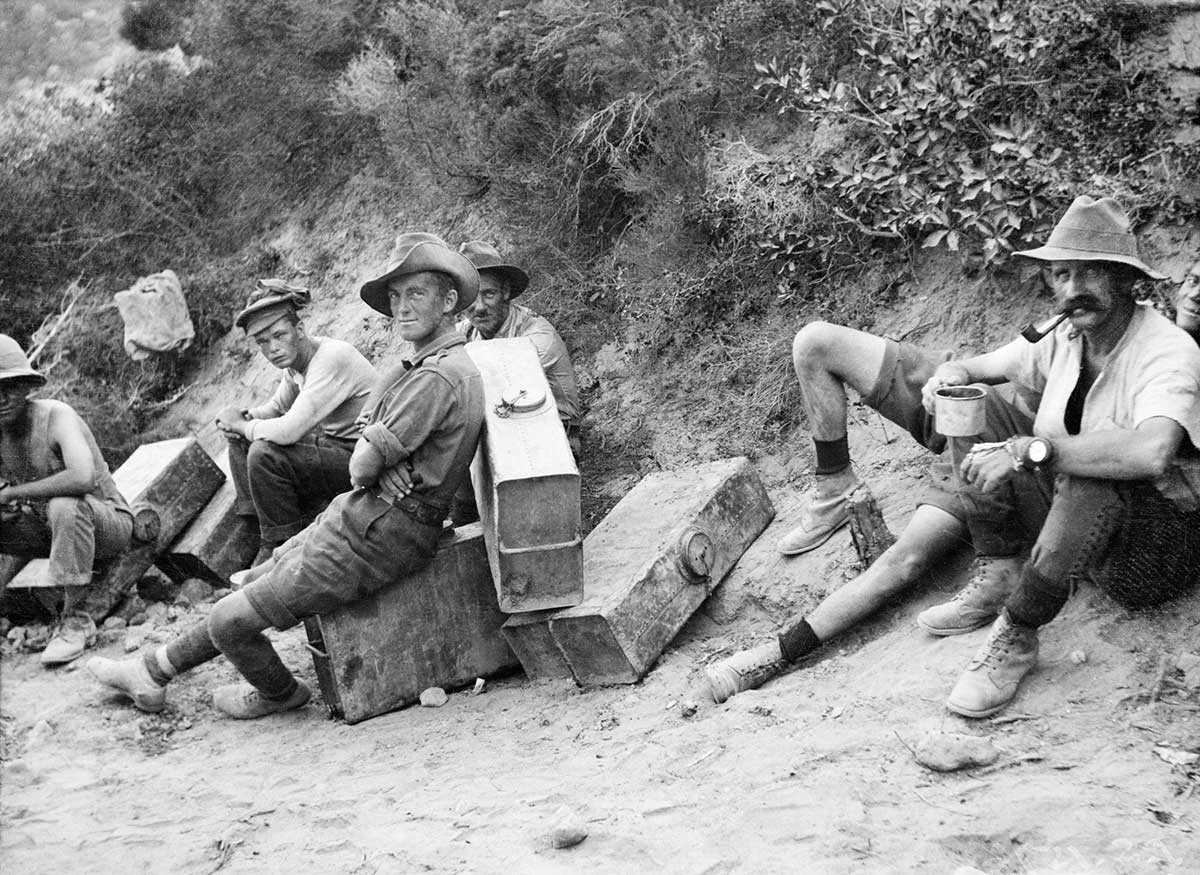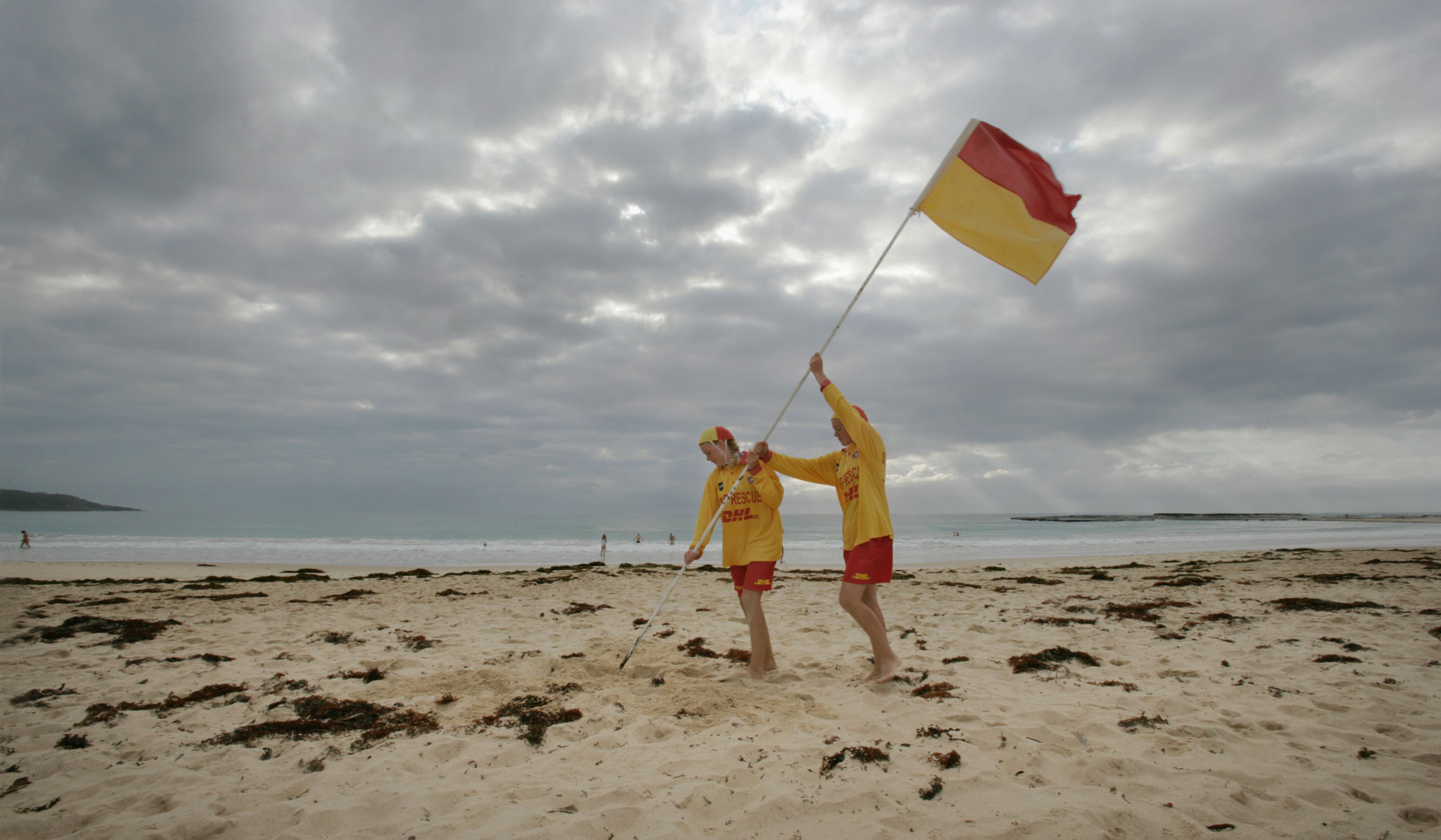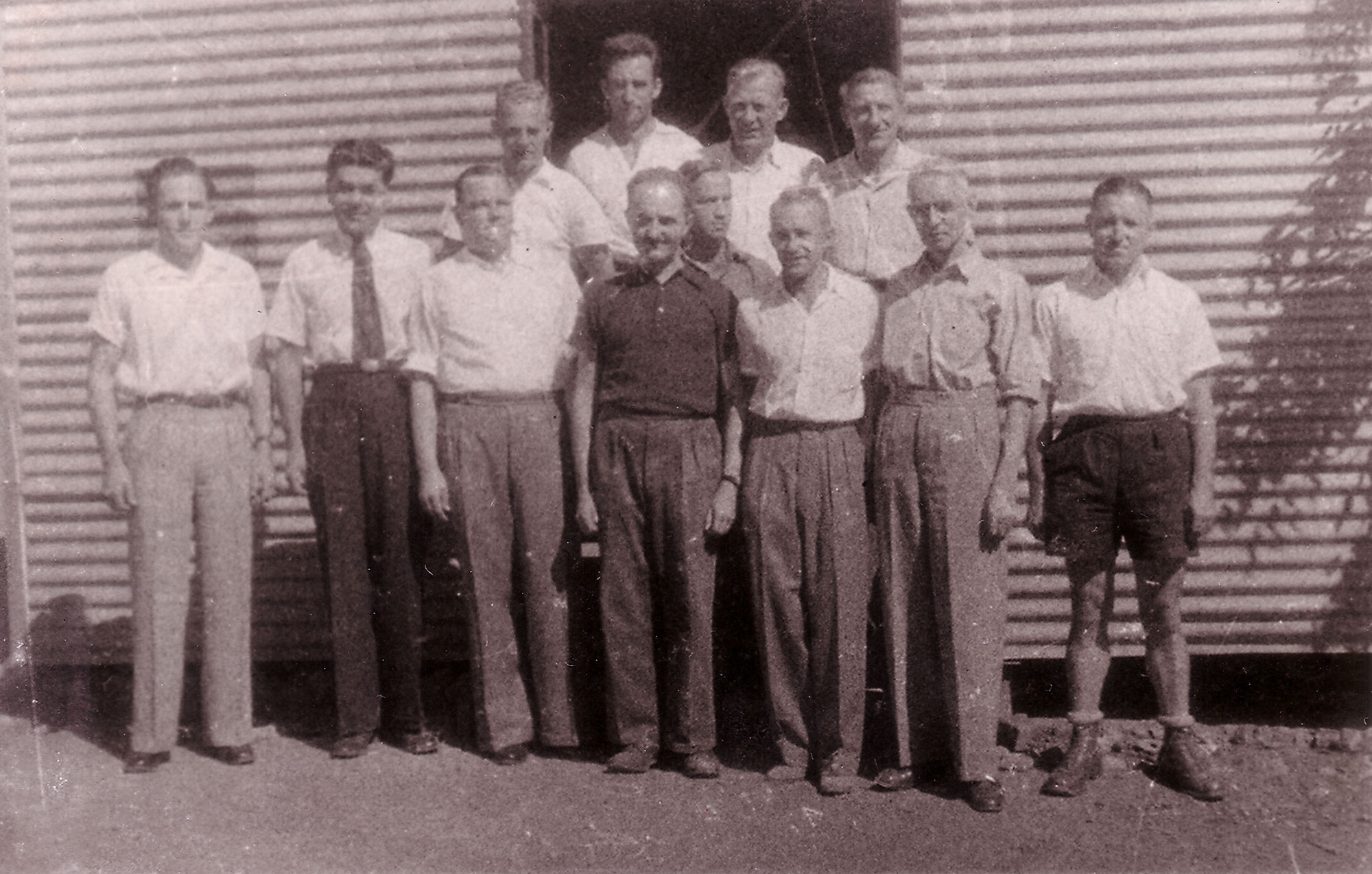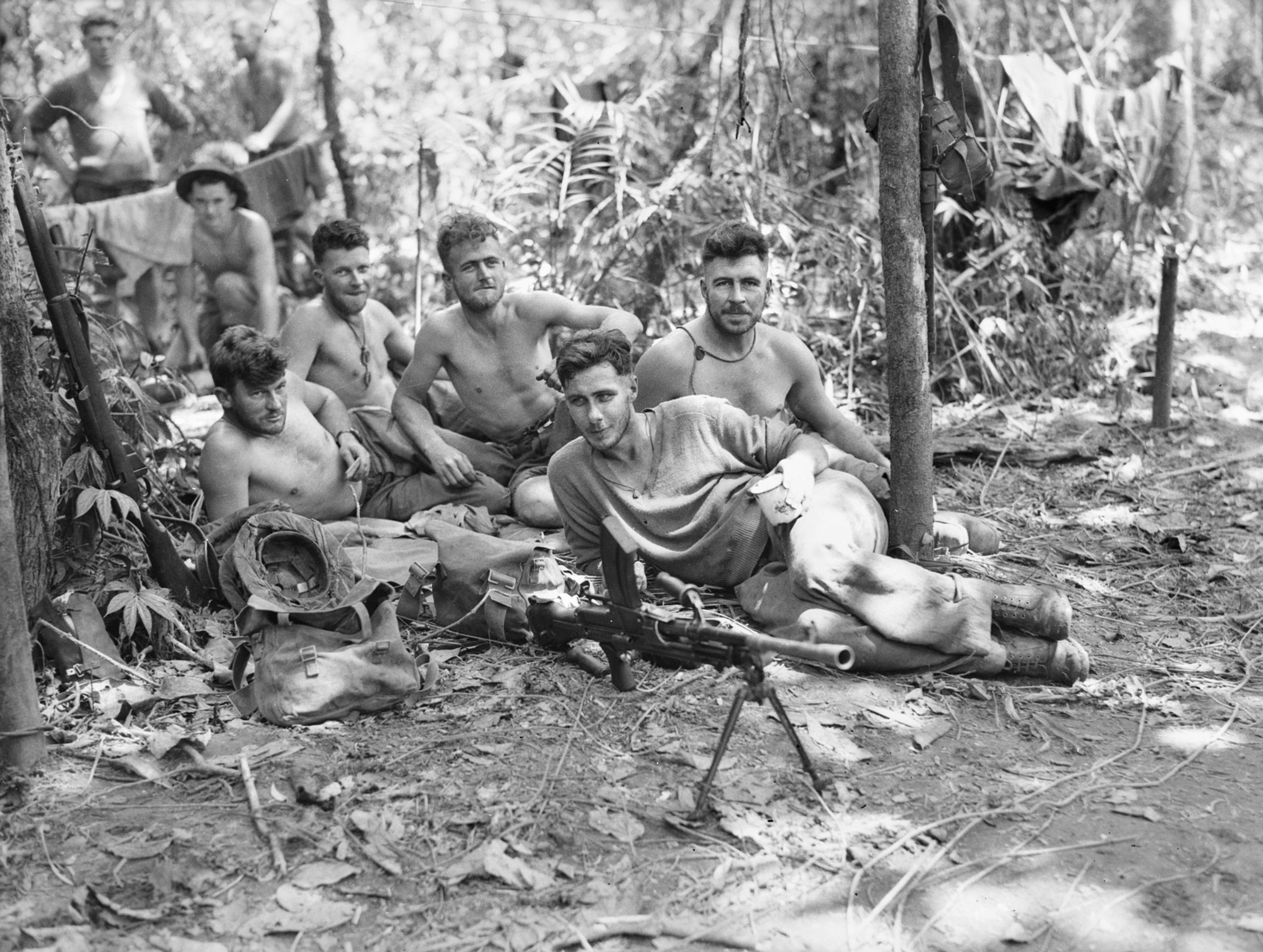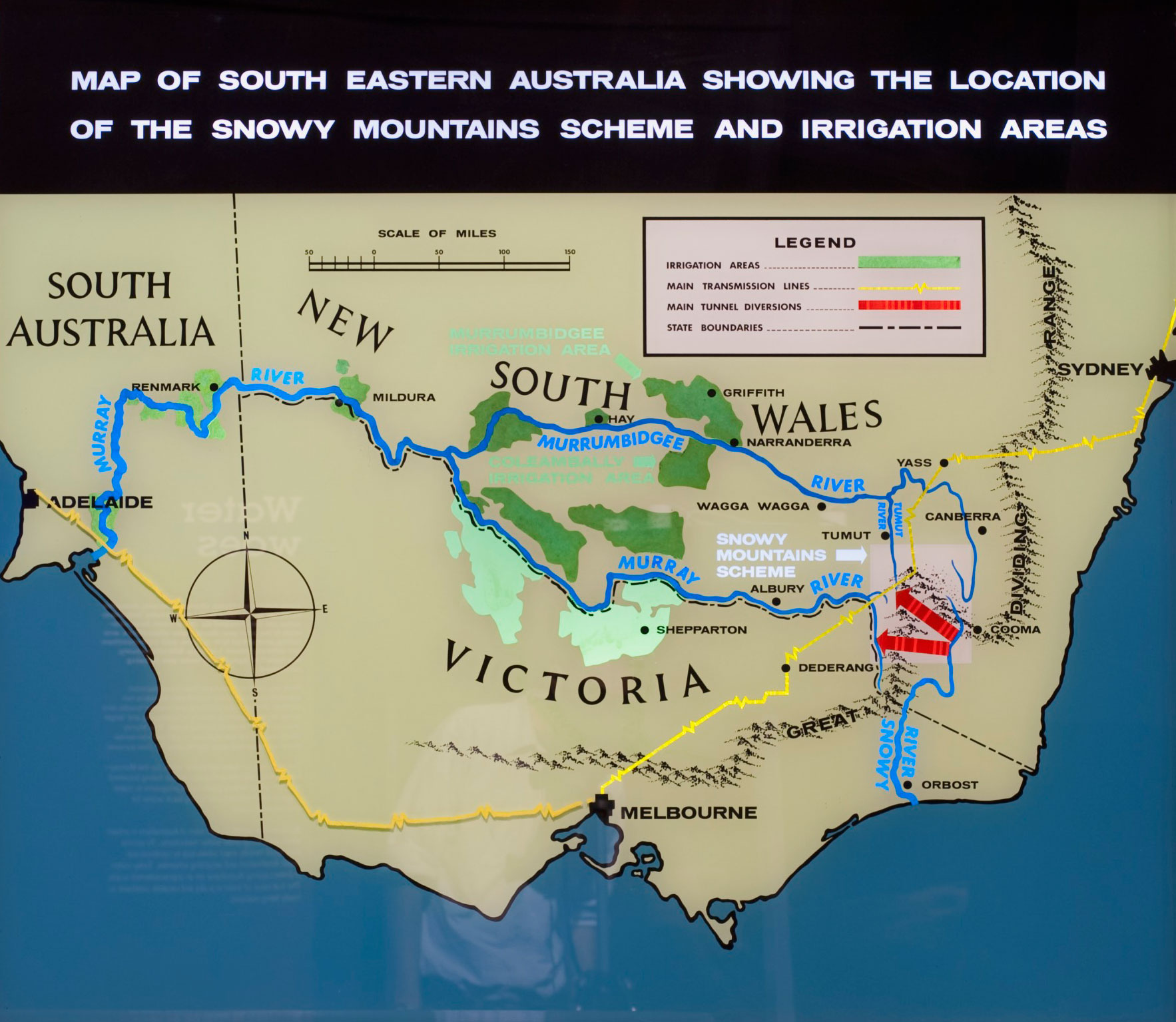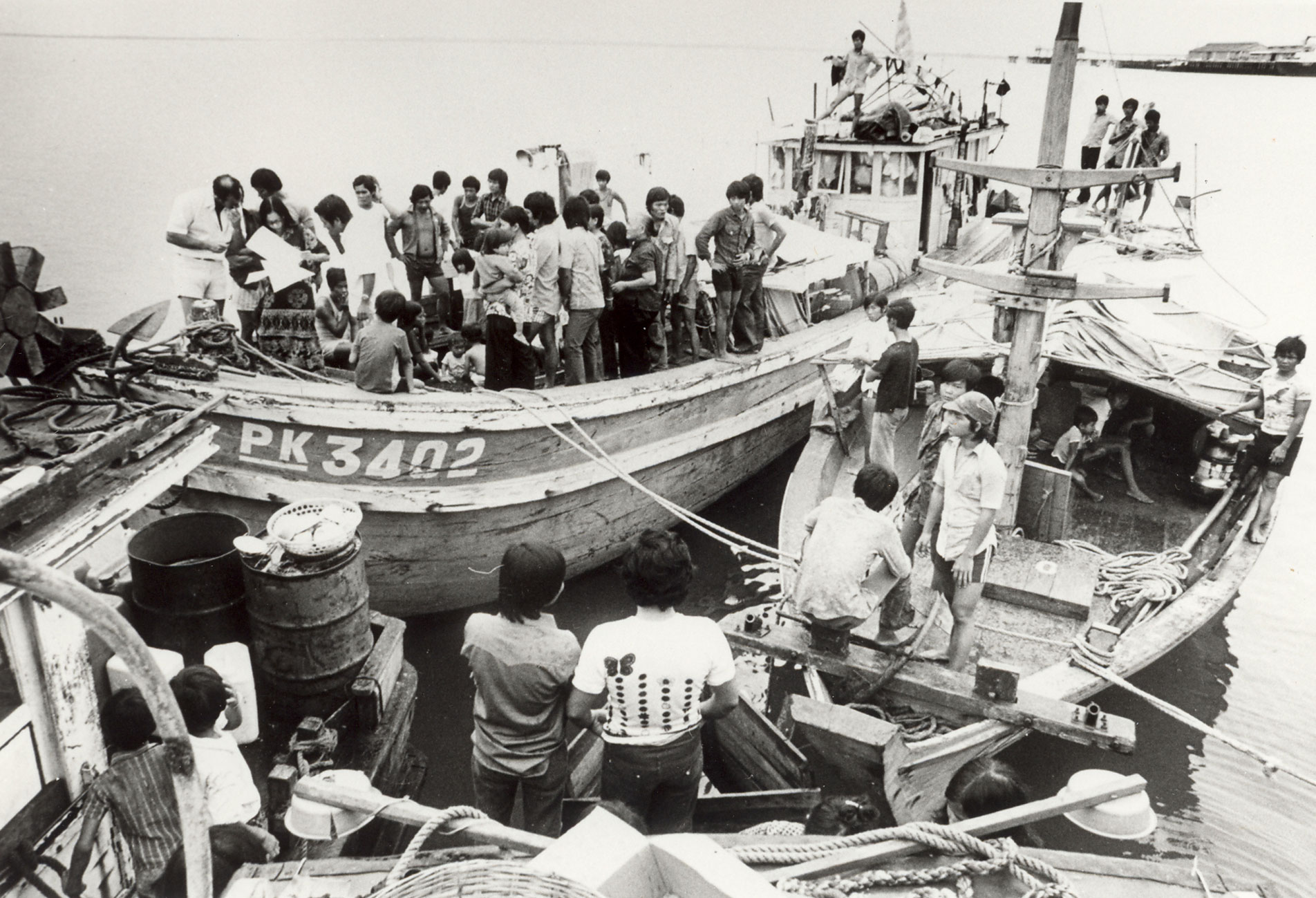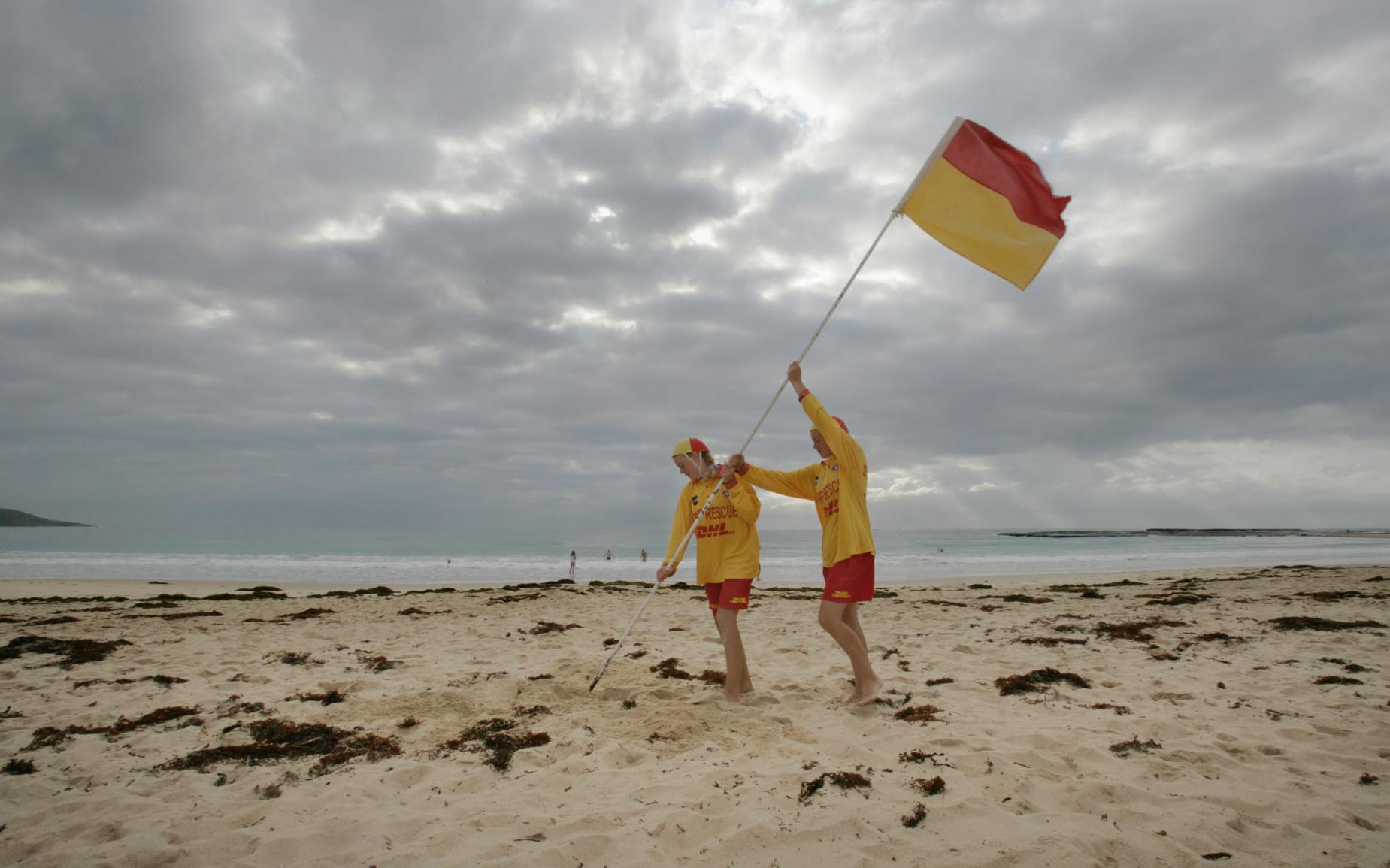Learning module:
Australia since Federation Defining Moments, 1901–present
Investigation 6: Significant groups
6.3 1915 The Anzacs
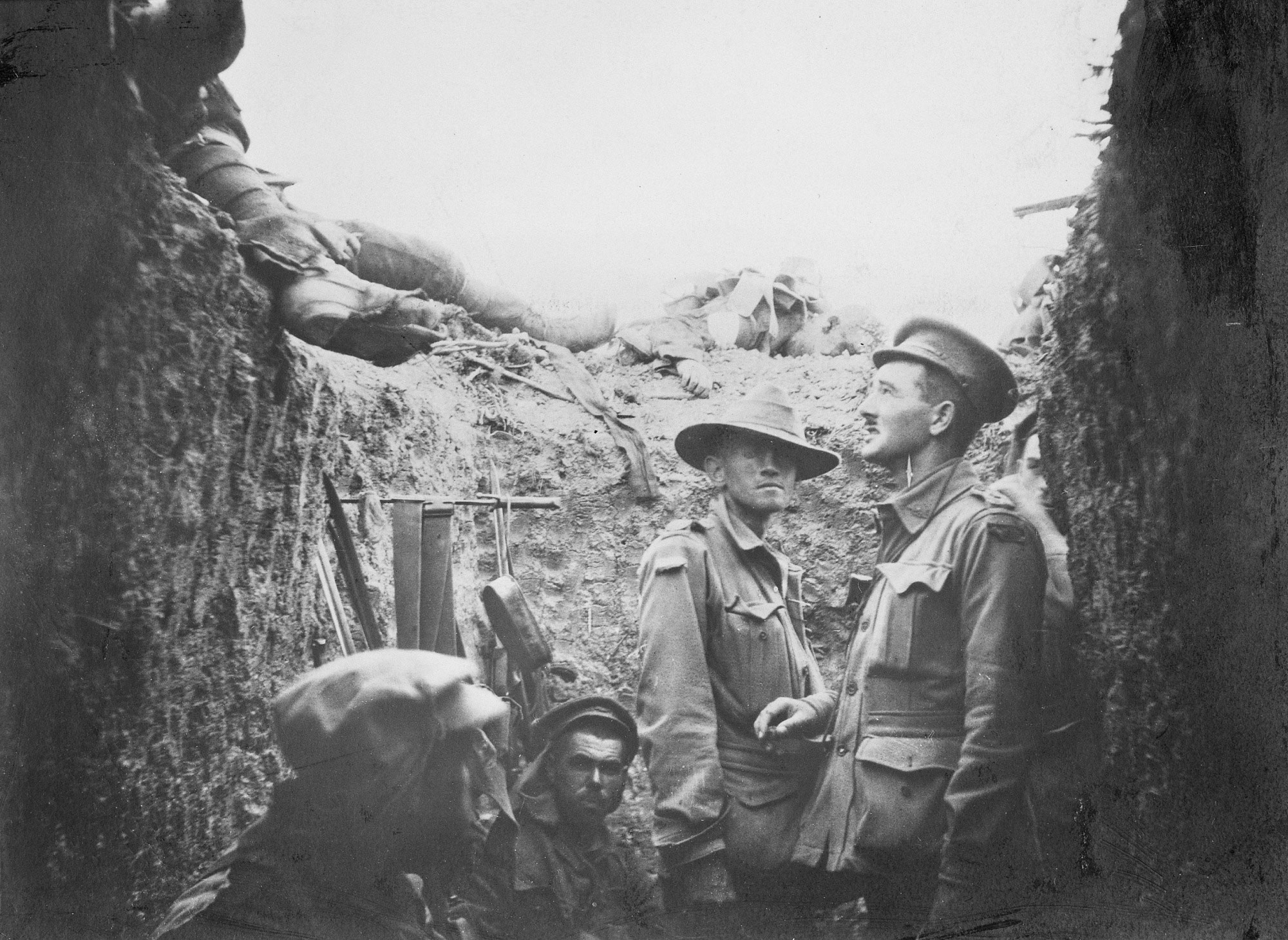
Based on the Defining Moment in Australian history: 1915 The campaign that defined a nation — Australian troops land at Gallipoli
Imagine there is a war. You are home. You have a close relative who is in the army and has gone off to fight. You have just heard that there has been a great battle. You know your relative was involved in it.
How do you feel? What do you hope happens?
Discuss these questions, then see what happened with one group in Australia.
Read the information below and use it to answer the Significant groups in Australian history questions at the bottom.
The Anzacs information file
In 1915 Australia was a young nation. People were not sure if their country would seem as good as other, older nations. Australia had joined the First World War to help the ‘mother country’, Britain, but had not yet fought in any battles in the war and hadn‘t been able to show what they could do.
On 25 April 1915 soldiers of the Australian and New Zealand Army Corps (ANZACs) landed on a beach later called Anzac Cove at Gallipoli, in Turkey. British and French soldiers also landed in another part of Gallipoli.
The Anzacs had been ordered to fight the Turkish soldiers, who were defending their land. If the Anzacs were able to take control of this land, they might be able to beat Turkey, then send the soldiers to help fight Germany and end the war more quickly.
They landed and fought their way up steep sand hills, but were unable to defeat the Turkish soldiers. The Turkish soldiers were unable to defeat the Anzacs. Both sides fought bravely, and many men were killed and wounded on both sides.
The Anzacs, British and French stayed there for 10 months. Conditions were terrible. There was heat, freezing cold, flies, disease, death and sickness, danger, boredom, lice and poor food. They tried to defeat the Turkish defenders, and the defenders tried to defeat their enemy. Eventually, the Anzac, British and French soldiers left.
The Anzacs had lost the battle, but they had gained the respect of the enemy, and had shown the world that they were good fighters. Despite the deaths, the damage done to many soldiers, and the sorrow, there was a pride that Australia had been seen to do its part.
Now every 25 April, Anzac Day, we remember this first landing of Australian soldiers at Gallipoli, and we remember all those who died fighting in wars.
Significant groups in Australia history
1. What was this group?
2. When did the event(s) happen?
3. What important thing(s) did the group do?
4. What problems did the group have to overcome?
5. What was the outcome or effect of what the group did?
6. What qualities did the people in this group have?
7. Why was this group significant or important in Australian history?
8. If you could meet this group and ask them three questions, what would they be?
9. If you were advising the National Museum of Australia on an object that it could display to tell the story of this group, what would you suggest? You can see what objects the Museum has using the National Museum of Australia Collection Explorer.






